As much as I enjoy photography, I am very much an amateur. I never even purchased a telephoto lens until this year—Adam bought me a gently used one for my birthday early this spring. It made a huge difference in the shots I was able to get, especially of wildlife.
Enjoy these photo highlights of 2019. Clicking on the photo will take you to my Flickr page.

This isn’t my most impressive photo but it was SUCH an exciting moment: we saw two black-backed woodpeckers at Sax Zim Bog in February. (This is clearly BEFORE I got the telephoto lens…) It was -20 degrees F and it was worth the frozen toes and fingers to see this unusual bird. Sax Zim is a birding paradise and I can’t wait to go back.
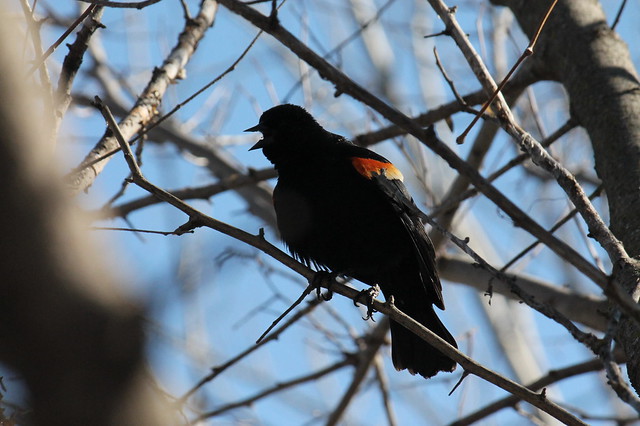
Red-winged blackbird, herald of early spring, at Wood Lake Nature Center in March.

Ice finally completely out on Lake Hiawatha, Minneapolis, April 3, 2019.
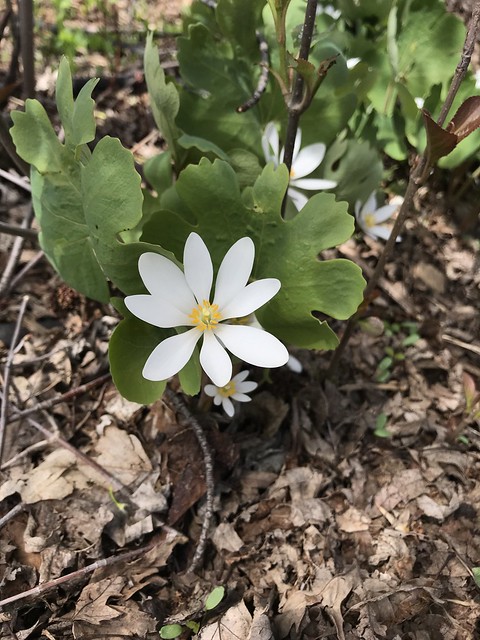
Bloodroot in full bloom, my front yard, May 4, 2019.
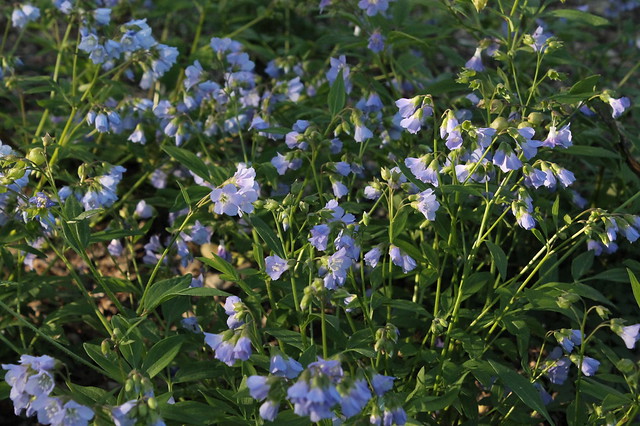
Jacob’s Ladder in full bloom, my back yard, late May 2019.

Chive blossoms, early June 2019.
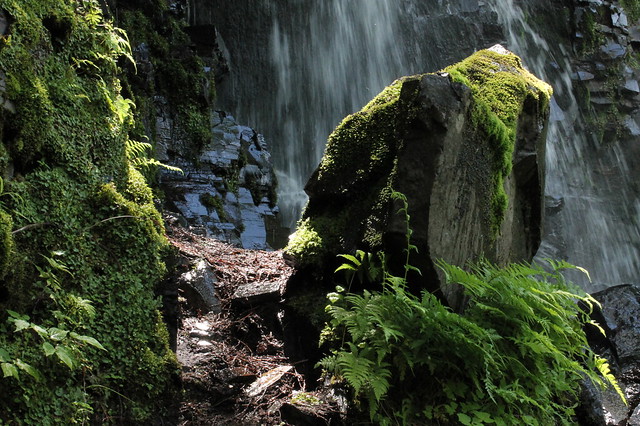
Bridal Veil Falls, Glunflint Trail / Laurentian Divide area, northern MN, early July 2019.

Metallic green bee really enjoying the Great St. John’s Wort, mid-July 2019, my front yard.

Ready to pick sour cherries, July 2019, my front yard.

Bumblebee on hoary vervain in my prairie boulevard, July 2019.
 Taken only moments later, a monarch butterfly coming in for a landing. July in the pollinator garden is magical in Minnesota.
Taken only moments later, a monarch butterfly coming in for a landing. July in the pollinator garden is magical in Minnesota.

Harvest time, August 2019. Nearly all harvested from my community garden plot at Sabathani Community Center, Central Neighborhood Minneapolis.
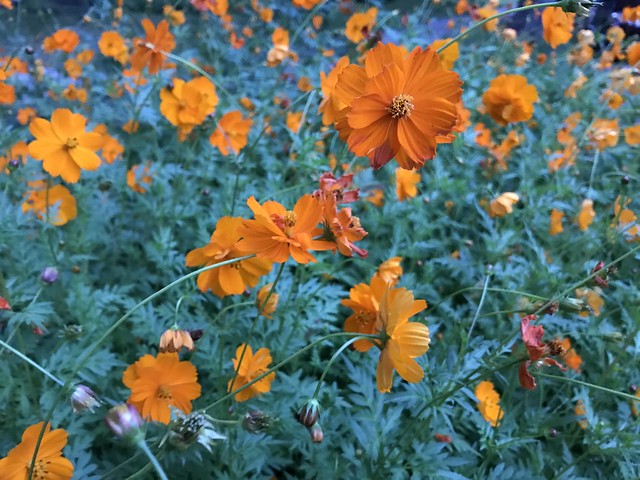
Orange cosmos in my neighborhood, late August 2019. This is one of several photos that I took on my iPhone that surprised me how nice it came out. I love the colors—it was twilight so I didn’t think the photo would work at all.

Kicking off fall with an Autumn Meadowhawk Dragonfly, September 2019.
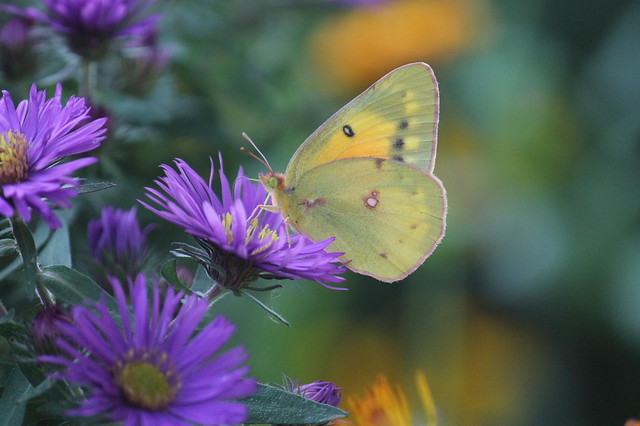
By late September the butterfly migration was well underway. One day my purple dome asters were covered in sulphur butterflies. The next day they were gone.

Fall leek harvest. I love pictures that capture the true scale of things—here’s my husband Adam with some gigantic leeks. Sabathani Community Garden, mid-October 2019.

We hike Fort Snelling State Park all year round; late fall is a great time to see white-tail deer close up.
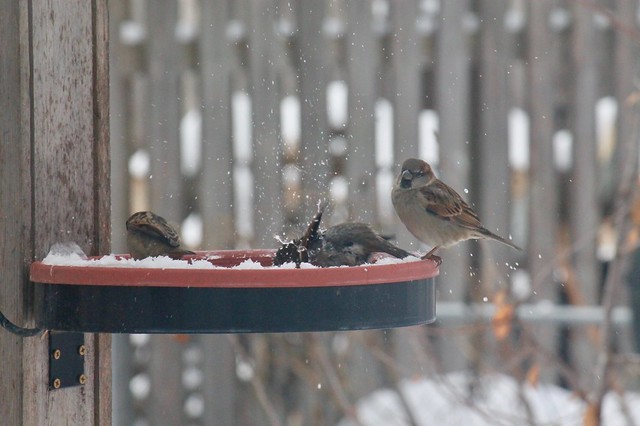
What can you do for birds during the winter, really? Beyond the basics (bird feeders, leaving seed heads in your garden for them to eat), try adding a heated bird bath. We easily see 4-5 times greater numbers of birds in the winter than we used to, and a greater variety than just our resident house sparrows shown here. They are entertaining, though. I love how the female looks slightly annoyed at how the male is splashing her.
PSA: I’m not being paid to say this, but if you’re at all into photography, I highly recommend the Flickr Pro community. It’s a great and inexpensive option to back up all your photos, with lots of easy tools to organize them and set privacy levels, etc. I’ve been using it for years and I’m nervous it’s going to go away with the rest of the remaining positive and affirming places on the internet. Check out my photo page, or check out this huge Best of 2019 Group and get inspired for a great new year of photography.
Happy New Year!





















































